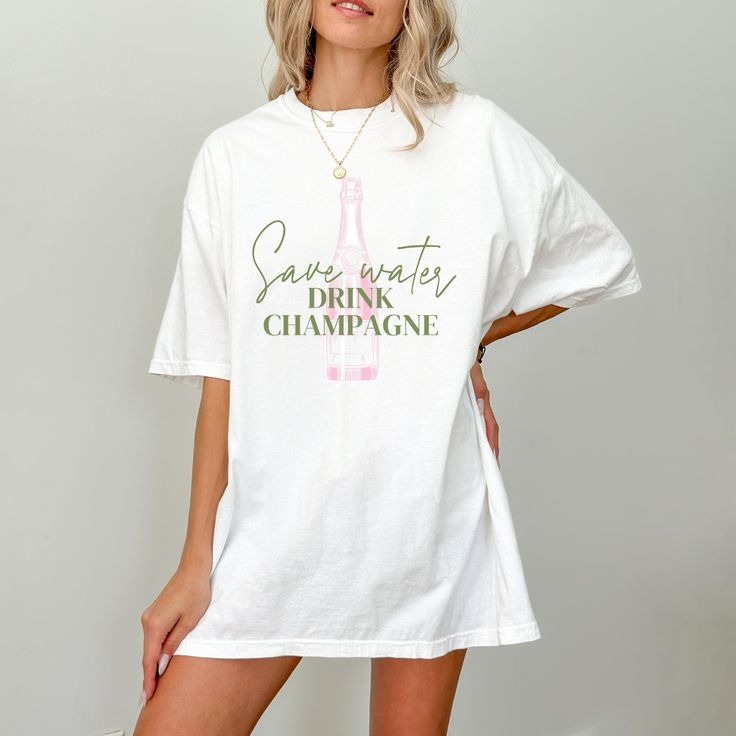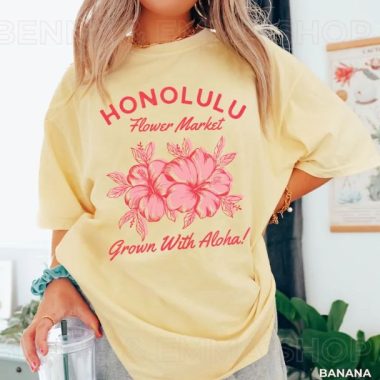Fashion is not simply a fleeting affair with garments and accessories—it is one of the most enduring, intricate, and expressive manifestations of human consciousness. It extends far beyond the realm of aesthetics, reaching into the domains of psychology, politics, economics, culture, ecology, and philosophy. Fashion is a living archive of our evolving identities, a medium through which people communicate their stories, contest norms, and reimagine the world. It is simultaneously personal and collective, ephemeral and eternal, trivial and transcendent. From the moment humans chose to wrap their bodies in fur, fabric, or paint, fashion has accompanied civilization through every triumph, tragedy, and transformation. To explore fashion deeply is to journey through the very heart of what it means to be human.
In the prehistoric world, where survival dictated every action, clothing began as a necessity. Yet even in its earliest forms, dress evolved into something profoundly symbolic. The animal skins, bones, and pigments used by early humans were not randomly chosen. They carried spiritual and social meaning. Adornments marked rites of passage, tribal affiliations, hunting prowess, and mystical beliefs. In this primal world, clothing was as much about power and magic as it was about warmth. The first fabrics were woven with instinct, intention, and intuition—threaded not only by hand, but by spirit. This early integration of the physical and metaphysical set the stage for fashion’s deep entanglement with human identity.
As human societies organized into complex civilizations, fashion assumed more defined social functions. In Ancient Egypt, garments were designed with precise meanings. The white linen worn by priests symbolized purity, while the elaborate collars and headdresses of royalty conveyed divine authority. The color of one’s robe, the pattern of one’s jewelry, and the presence of specific amulets all communicated layers of cultural code. In India, sari designs varied by region, caste, and occasion. Each weave and motif held a legacy of mythology, local tradition, and spiritual alignment. In China, clothing was a visual embodiment of Confucian ideals. The strict hierarchy of fabrics and colors reinforced an ordered society where harmony, duty, and status were interdependent. These ancient fashion systems were not dictated by seasonal trends, but by belief systems that permeated every level of daily life.
During the Middle Ages, particularly in Europe, fashion became a reflection of a rigid social and religious order. The materials and designs one was allowed to wear were controlled by sumptuary laws, which preserved class distinctions through visible symbols. A peasant’s rough wool tunic stood in stark contrast to the silk brocades of nobility. Yet even within this system of control, individual expression found subtle pathways. Embroidered patterns, inherited cloaks, or a distinctive hat might reveal regional pride, family history, or personal defiance. Meanwhile, in other parts of the world—such as Sub-Saharan Africa and the Islamic world—fashion flourished with vibrant color, geometric artistry, and textile innovation. In West Africa, kente cloth patterns served as visual proverbs, encapsulating philosophy and wisdom. In the Middle East, flowing garments responded to the environment while also demonstrating social grace and religious adherence.
The Renaissance transformed the Western concept of fashion into an art form. As humanism flourished and individualism rose, clothing evolved to reflect intellectual ambition, scientific discovery, and artistic brilliance. Italy, particularly Florence and Venice, led the way in luxury textiles and experimental tailoring. Clothes were designed to flatter the human form, echoing the aesthetic ideals of Renaissance painting and sculpture. Elaborate collars, slashed sleeves, and gilded embroidery were not merely decorative—they were statements of cultural achievement. Fashion became a medium of communication for intellect and prestige, with courtiers competing for attention not only through conversation but through appearance.
The Enlightenment and the revolutions that followed challenged existing notions of fashion and power. The 18th-century French aristocracy wore opulent gowns and powdered wigs that symbolized not only status but also detachment from common life. When revolution came, fashion became a battlefield of symbolism. The sans-culottes of revolutionary France rejected aristocratic styles in favor of simple trousers and tricolor sashes, asserting equality and patriotism through their clothing. In America, the democratic ideals of the young republic influenced a modest, utilitarian style that favored simplicity over excess. These moments revealed fashion’s capacity to not only reflect society but to actively shape political identity.
The 19th century introduced one of the most profound transformations in fashion history—the industrial revolution. Mechanization altered every stage of textile production. Garments could now be mass-produced, fabrics dyed with synthetic chemicals, and patterns standardized. Fashion became more accessible, but also more homogenized. Department stores emerged, fashion magazines circulated widely, and the concept of ready-to-wear clothing was born. Yet even as fashion became increasingly commercialized, it also became more expressive. The Victorians, for instance, infused clothing with moral symbolism. A widow’s black dress was not merely a sign of mourning—it was a public display of loyalty, suffering, and spiritual devotion. The corset, while restrictive, was also a complex symbol of discipline, sexuality, and femininity.
The 20th century shattered old forms and embraced innovation. In the early decades, designers like Paul Poiret and Coco Chanel revolutionized fashion by liberating women from the corset and emphasizing movement, comfort, and modernity. The flapper dress of the 1920s was more than a trend—it was a declaration of independence, a celebration of youth, jazz, and rebellion. The mid-century brought new icons and new ideals. Christian Dior’s “New Look” reintroduced extravagance after wartime austerity, while Pierre Cardin and André Courrèges looked to the future with space-age minimalism. Fashion now moved in rapid cycles, each decade offering a distinct aesthetic and ideology. In the 1960s, miniskirts and mod styles mirrored cultural upheaval. In the 1970s, bohemian, disco, and punk styles clashed and coexisted. The 1980s reveled in power suits, luxury branding, and the cult of the designer. The 1990s swung back toward minimalism and counterculture, embracing grunge, streetwear, and global influences.
The new millennium brought even greater complexity. Fashion became globalized, digitized, and democratized. The internet allowed trends to spread instantly across continents. Fashion blogs, influencers, and social media platforms decentralized authority. No longer were trends dictated solely by haute couture houses—style now emerged from diverse communities, subcultures, and creative collaborations. Streetwear redefined luxury. Vintage redefined modern. And sustainability redefined responsibility. The rise of fast fashion—its speed, affordability, and accessibility—was met with growing concern over waste, exploitation, and ecological damage. Movements advocating for ethical fashion began to challenge the industry’s foundations.
In the contemporary era, fashion is grappling with its paradoxes. It is more inclusive, yet still struggles with representation. It is more innovative, yet still tied to cycles of overproduction. It celebrates individuality, yet often enforces unrealistic standards. It exists in physical and digital spaces simultaneously, with virtual fashion opening new horizons for identity and creativity. Designers now collaborate with technologists, environmentalists, and cultural historians. Runways feature models of all sizes, ages, genders, and abilities. The very definition of beauty is evolving, and with it, the purpose of fashion itself.
But what binds all these epochs together is fashion’s role as an emotional and intellectual companion to the human journey. It helps us confront the unknown, declare who we are, and explore who we might become. It shields us in grief, uplifts us in joy, and marks the milestones of our existence. It is an act of self-love, a form of protest, a memory, a dream. It is never only about what is worn—it is about what is felt, feared, longed for, and hoped.
The future of fashion will demand innovation not only in materials and technology but in values and imagination. As climate change accelerates and social inequality deepens, fashion must align with justice and sustainability. Regenerative design, biomaterials, transparent supply chains, and circular economies are not just trends—they are necessities. But fashion must also remain an art—a space for play, reinvention, and storytelling. It must remain rooted in the body, in sensation, in experience.
Fashion is not static. It is a fluid, ever-changing reflection of humanity’s inner world and outer reality. It flows across continents, generations, and cultures. It tells stories in silk and denim, in tattoos and piercings, in uniforms and couture. It is democratic in access, yet individual in interpretation. It is political, poetic, personal, and collective.
In the great chronicle of human civilization, fashion is not a footnote—it is a chapter on every page. It is written in thread and color, silhouette and silhouette, in whispered trends and shouted revolutions. And as long as humans dress, fashion will continue to evolve—not as a mirror of what we are, but as a map of what we dare to become.



